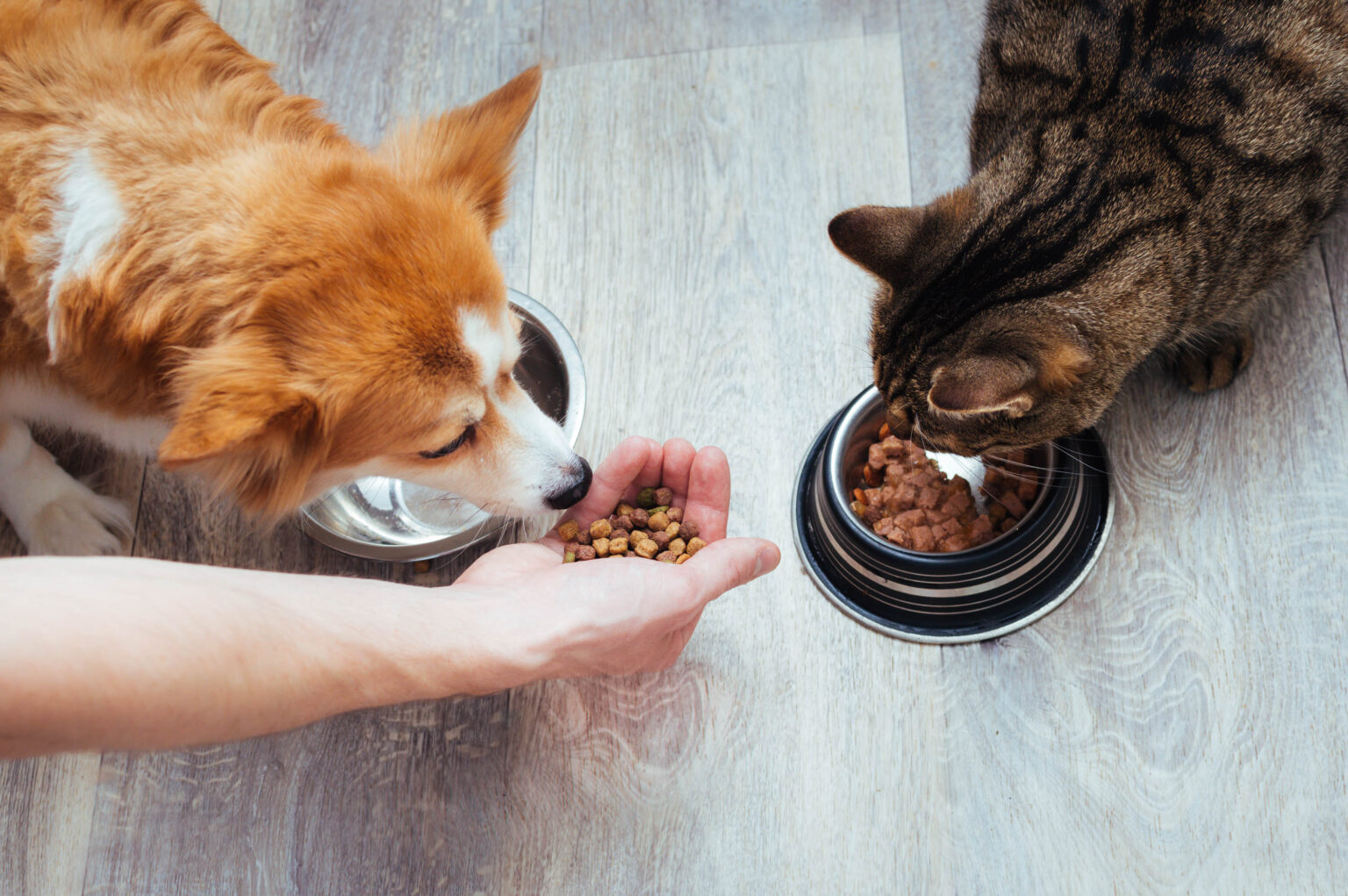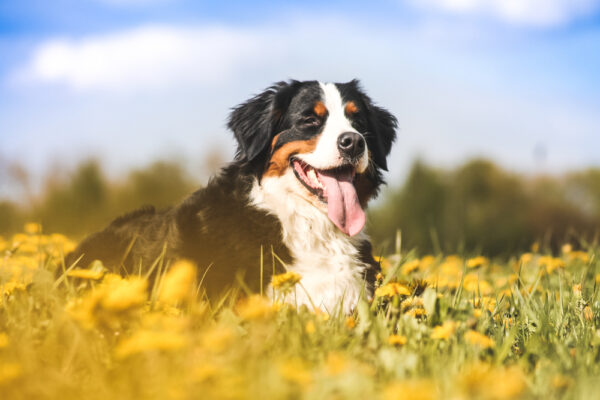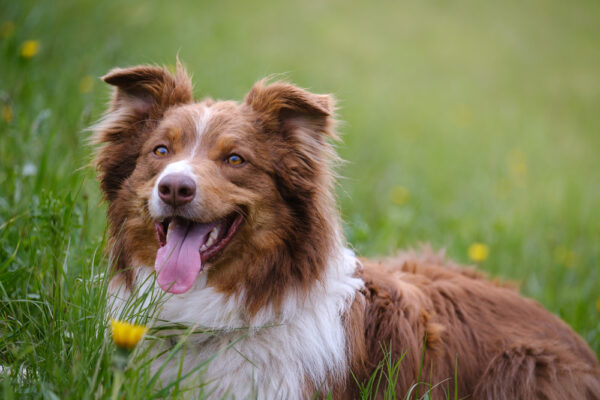Complete nutrition is one of the easiest ways we can keep our furry friends happy, healthy and thriving. Saying this, we know that finding the right pet food can be overwhelming, not to mention the challenge of finding great quality food that’s also affordable.
In order to make the task a little less daunting, we’ve rounded up five simple tips to support you when trying to choose the right food for your cat or dog.
According to the PDSA, around 71% of pet owners choose a dry diet for their pet. This is understandable, with dry food having many benefits, from being more economical, easy to weigh and portion, as well as being easy to store. Another advantage is the shape and porous texture of kibble is beneficial for your pet’s gums and teeth.
Here are our five simple steps for picking the perfect food for your pet.
1. Choose according to their life stage
You can trust that pet food manufacturers will have spent years and years researching the nutritional requirements for cats and dogs for each stage of their life. To cut to the chase, the conclusion is that the chosen ingredients in each formula will have been specially picked and included in order to provide the best possible nutrition.
A case in point, kittens, puppies and lactating dogs will need a higher daily calorie intake than senior cats and dogs. Essential nutrients can sometimes also vary from one pet to the other depending on their overall health and specific needs. One major factor to consider is if your pet has a condition that needs special attention. Veterinary diets are created and formulated especially for animals that have specific health concerns or needs, such as kidney disease or diabetes.
So, the first step? Find a food that’s been formulated for your pet’s age, and if your pet has a specific health requirement or condition, chat with your vet to find out if a tailored diet may be suitable for them.
2. Understanding food labels
To choose the best quality food for your pet, you’ll need some understanding of pet food labels. Much like human food, the order of the ingredients isn’t random – each one is listed depending on weight and how much of it is in that specific product.
We’re very consistent with this message when it comes to food: picking pet food with a high meat percentage is always the way to go: this means 30% protein or more. For this to be the case, the first ingredient should be meat, and even better if it’s whole meat or fish, such as lamb, cod, salmon or chicken. Good-quality food should also boast whole grains (unless it’s a grain-free formula), fruit and vegetables in the ingredients list.
3. Look for the words ‘Complete’ or ‘Balanced’
Maybe the easiest step: labels that claim to be ‘complete’ are sure to contain all of your pet’s essential nutrients, making it easy to provide a full, balanced diet. Where food is described as ‘complementary’, you will need to supplement it with other products to ensure your pet is getting all they need. On balance, not only is it better to pick a complete food, but it’s much easier for pet parents.
If you’re still not sold, this fun fact might convince you. The Pet Food Manufacturers Association require that complete and balanced pet foods include 40 specific nutrients for cats, and 37 specific nutrients for dogs. This explains why pet food companies invest so much time and money in creating diets for pets, ensuring they meet the industry’s very strict quality standards.
4. Look for natural ingredients
A significant number of brands now use only natural ingredients, with more and more pet owners gravitating towards all-natural diets for their pet. Not only do they contain more whole, unprocessed ingredients but natural pet foods don’t typically have additives, chemical nasties or fillers in them.
To explain this further, two pet foods can be 100% complete in terms of the nutrients they offer, but the natural option will usually contain more fresh, wholesome ingredients (with their labels showing names you can easily recognise, like vegetables, fruit and plants).
5. Grains or not?
A great source of carbohydrates, protein and fibre, grains are beneficial in most pet diets. A grain-free or hypoallergenic pet food should only be considered when a pet is sensitive or intolerant to certain ingredients or food.
If you’re considering making a change – like going grain-free – we recommend you consult your vet and talk through the changes. Allergies and food intolerances have different triggers, whether it’s additives or dairy, and so visiting your vet will allow you to investigate this. Look out for skin or ear problems if you suspect an allergy. Bloating, constipation or other digestive symptoms might indicate an intolerance.
If changing your pet’s diet is the right choice, do so gradually, slowly introducing new food by mixing it with their usual food for around a week before making the complete switch.
Hopefully, these simple tips will make the pet food section a little less daunting. Quality food and complete nutrition is so important for our pets, so being conscious of what ingredients are in their food bowl is a sure step in the right direction.



